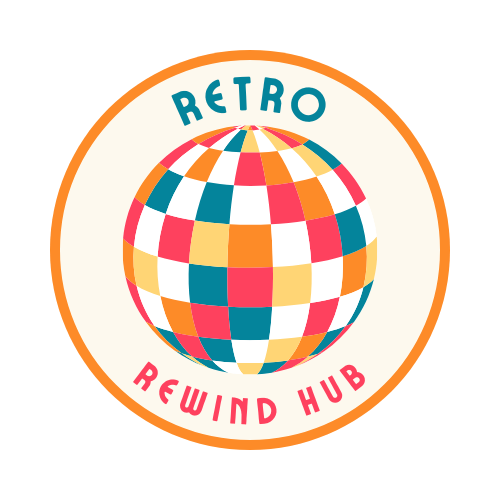15 Ways Toy Packaging Changed From The 1950s To Today
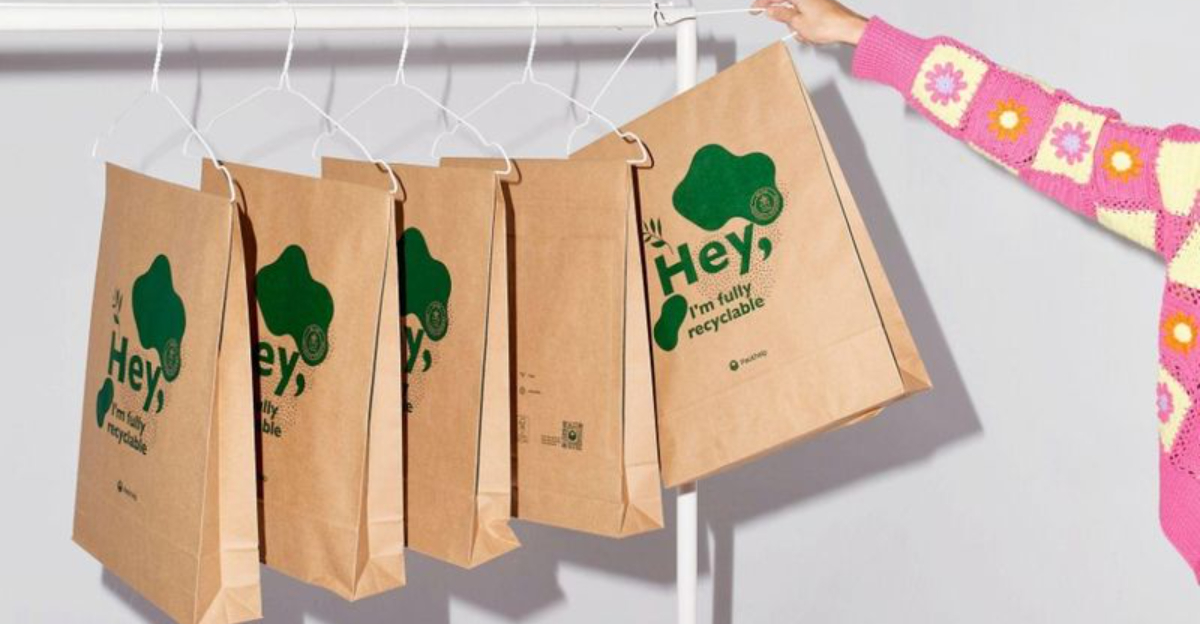
If you grew up in the 1950s, you remember the thrill of unwrapping a toy that came in a simple, no-nonsense cardboard box. No frills, just the promise of hours of fun.
Fast forward to today, and toy packaging is almost as exciting as the toy itself – think layers of plastic, and intricate designs that take longer to peel off than it does to actually play with the toy.
It’s funny how a small change in the way toys are packaged reflects a much bigger shift in how we view consumerism, convenience, and even the environment.
If you had a dime for every twist tie, plastic bubble, and sticker sheet that came with modern toys, you’d probably have enough to buy a second one.
1. Eco-Friendly Materials
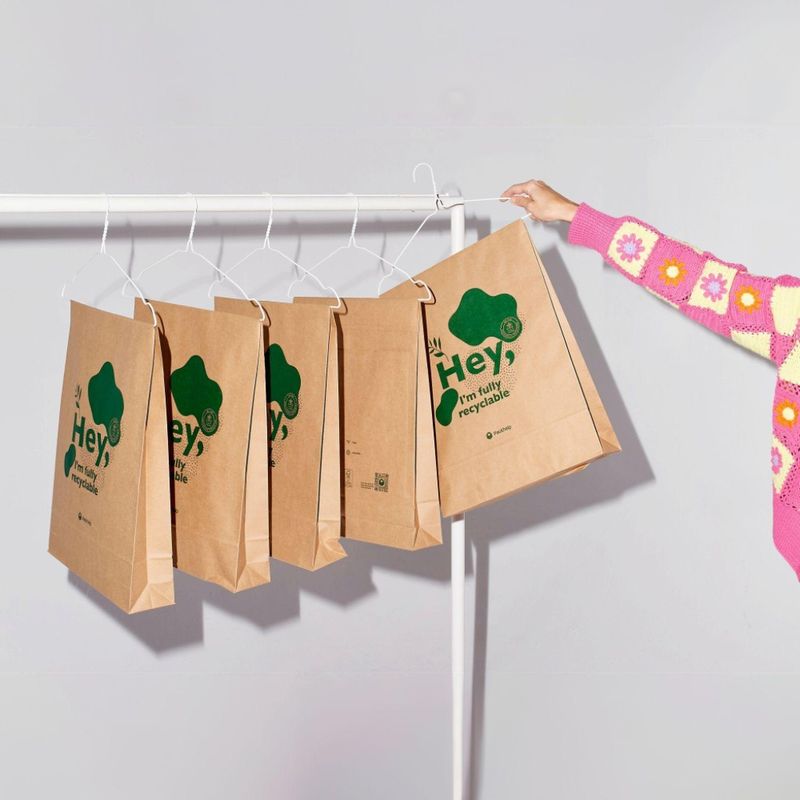
Back in the 1950s, toy packaging was all about plastic, plastic, and more plastic! Fast forward to today, and we see a massive shift towards eco-friendly materials.
Gone are the days when the environment was an afterthought. Now, manufacturers use recycled cardboard and biodegradable materials.
It’s not only about saving the planet; it’s also a marketing strategy. Parents love to see those green labels. Who knew saving the environment could be a selling point? The change is as clear as a sunny day.
2. Vibrant Colors and Graphics
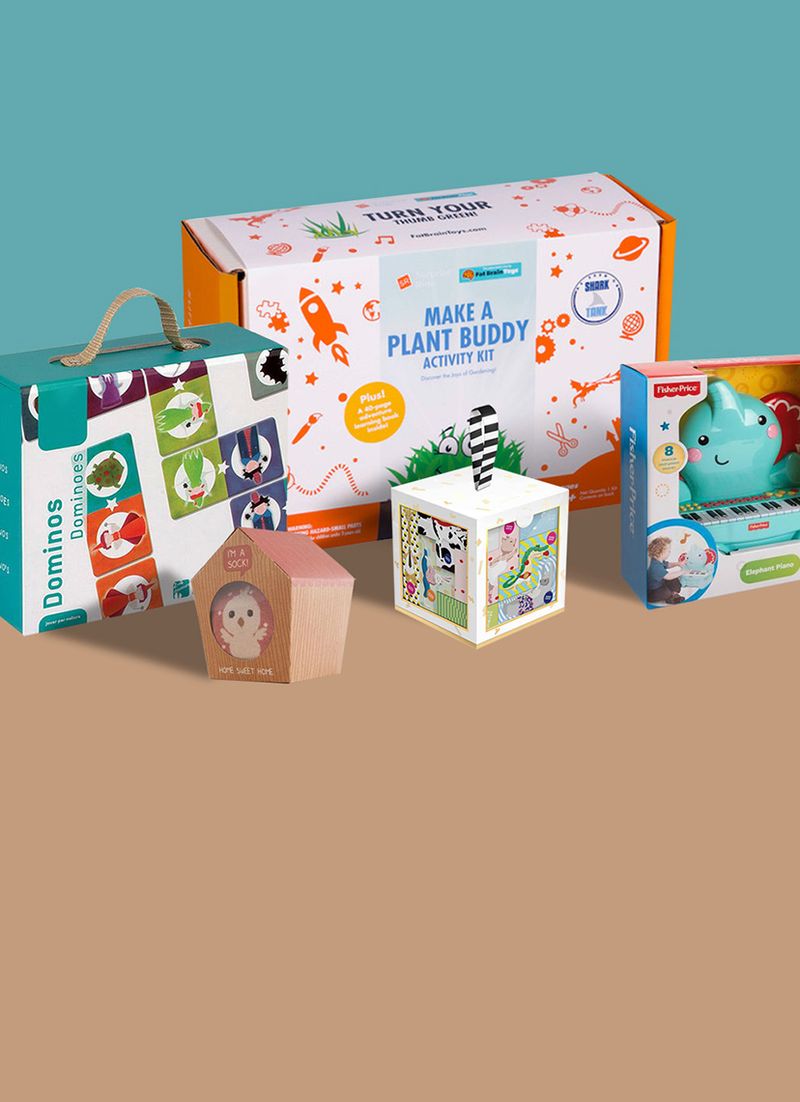
The 1950s had simplicity in mind. Toy boxes were often monochrome and lacked excitement. Today, a trip down the toy aisle feels like walking through a rainbow.
Bright colors and eye-catching graphics grab children’s attention faster than you can say “Santa Claus.” This shift happened as marketers realized that kids love color, and the bolder, the better.
The vivid hues and playful designs not only appeal to children but also make parents notice. It’s all part of the plan to stand out.
3. Interactive Elements
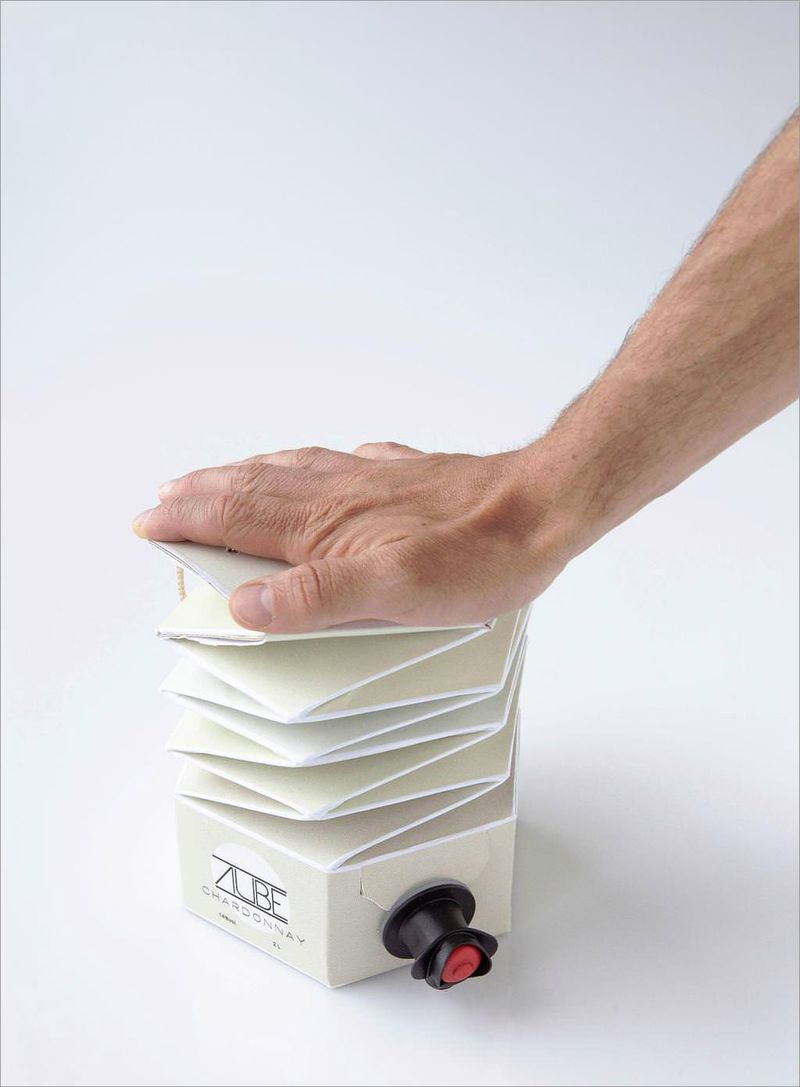
Who needs a plain box when you can have an adventure? Today’s toy packaging often includes interactive elements such as buttons, pull-tabs, and flaps.
These features transform the package into part of the play experience. Back in the 1950s, packaging was static and served just one purpose: to contain the toy.
Interactive packaging entices kids to engage before even opening the box, making the unboxing part of the fun. It’s a clever way to make toys even more exciting from the get-go.
4. Safety Labels and Information
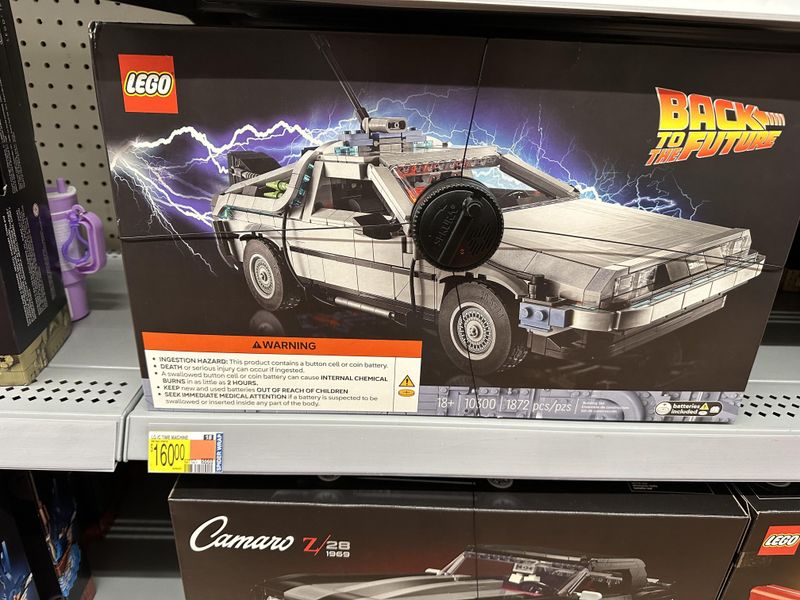
Did you know that in the 1950s, toy packaging seldom included safety labels? Today, it’s a whole different story. Packaging is peppered with warnings, age recommendations, and safety certifications.
Parents can now breathe a sigh of relief knowing what’s safe for their little ones. The emphasis on safety reflects society’s growing concern about child welfare.
It’s like having a personal safety inspector right there on the shelf, making sure that the fun doesn’t come with unwanted surprises.
5. Brand Tie-Ins and Licensing
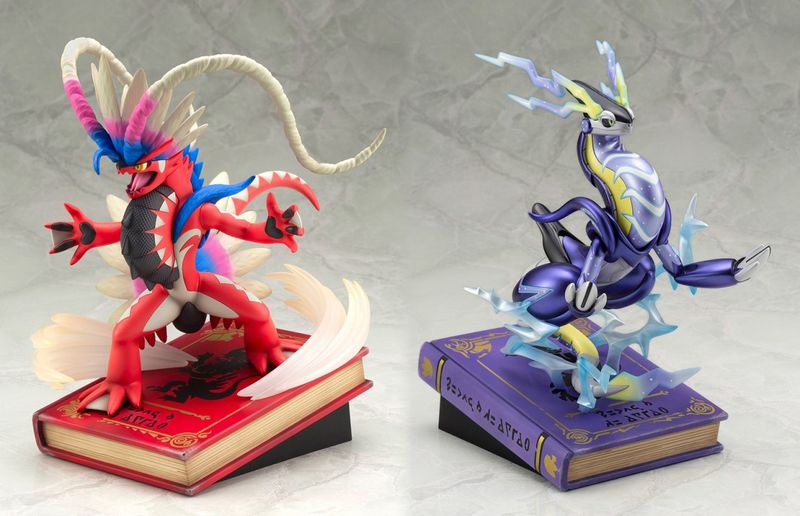
The 1950s might have seen a cowboy or two on a toy box, but today’s shelves are filled with superheroes, princesses, and movie stars.
Brand tie-ins and licensing deals have become the norm, making toys an extension of popular culture. Kids beg for toys that feature their favorite characters from movies and TV shows.
This strategy makes toys more desirable and keeps brands relevant. It’s a win-win situation where imagination meets commerce, turning playtime into a cinematic experience.
6. Minimalist Designs
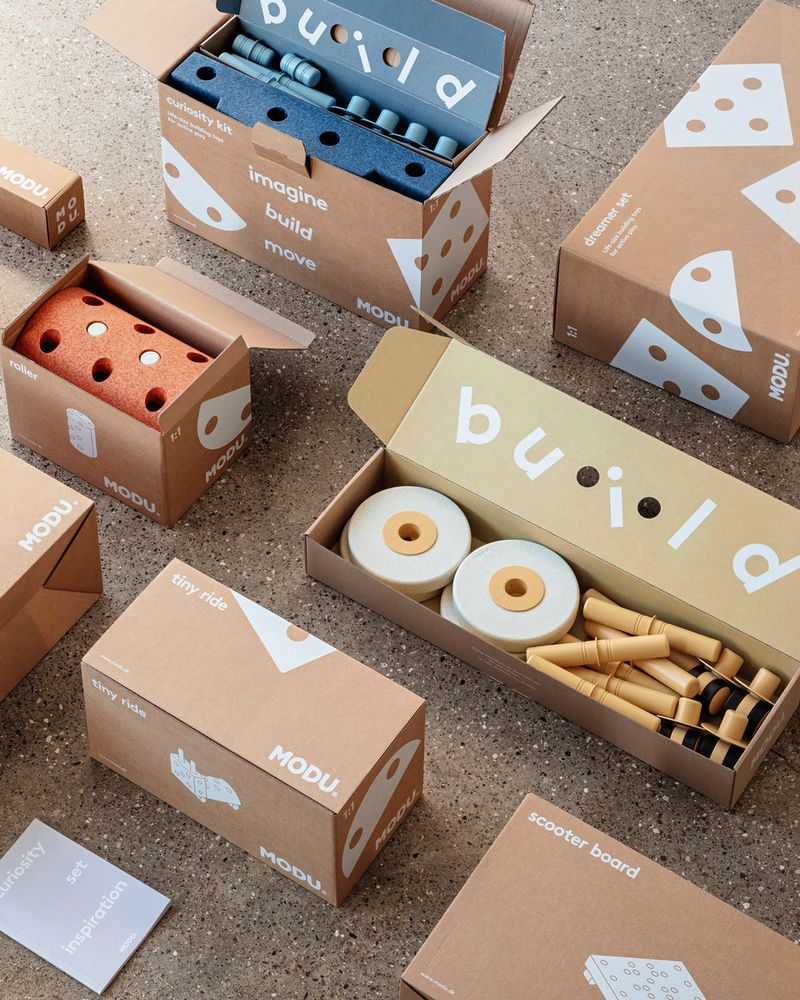
Simplicity is the ultimate sophistication, or so they say! Minimalist designs are all the rage in toy packaging now.
Unlike the busy and detailed designs of the past, modern packaging often features clean lines, simple colors, and minimal text.
This approach reflects a broader design trend and appeals to parents’ aesthetic preferences. It’s a clever way to make toys look sophisticated and desirable.
The less-is-more philosophy resonates with today’s consumers, making the toy feel like a luxury item even before play begins.
7. Window Boxes
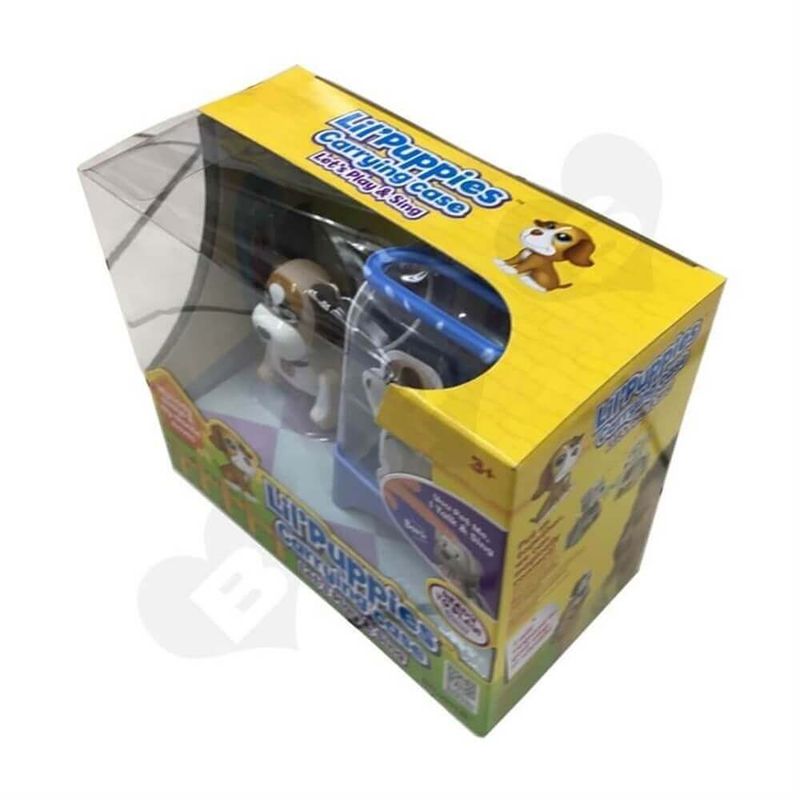
Imagine buying a toy without seeing it first! In the 1950s, opaque boxes were the norm, hiding the treasure inside. Today, window boxes let you sneak a peek without even opening the package.
This innovation satisfies our curiosity and helps ensure we’re getting what’s advertised. Plus, kids love seeing the toy in all its glory.
It’s like a sneak preview of the fun that awaits. Transparency in packaging reflects transparency in marketing, ensuring satisfaction before the purchase.
8. Digital Augmentation
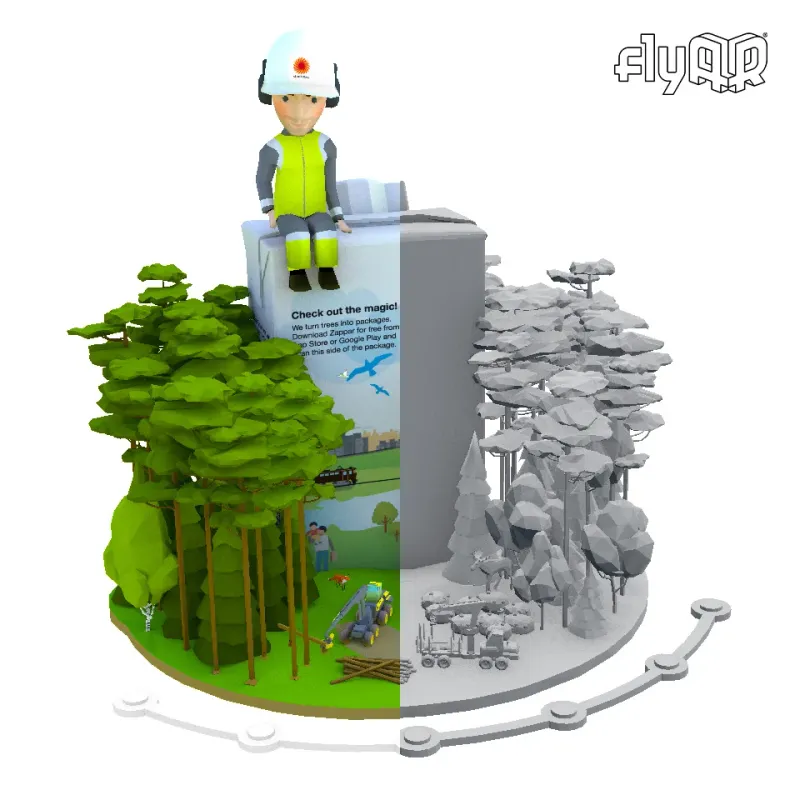
Step aside, simple cardboard! Today’s toy packaging often incorporates digital elements like QR codes or augmented reality (AR) experiences. Point your smartphone, and voilà—a digital world opens up.
The 1950s could never have imagined such innovation. This trend combines physical toys with digital content, expanding the play experience beyond the tangible.
It’s like a magic trick that turns packaging into part of the toy. Kids get a taste of technology right out of the box, making both parents and children tech-savvy.
9. Resealable Packaging
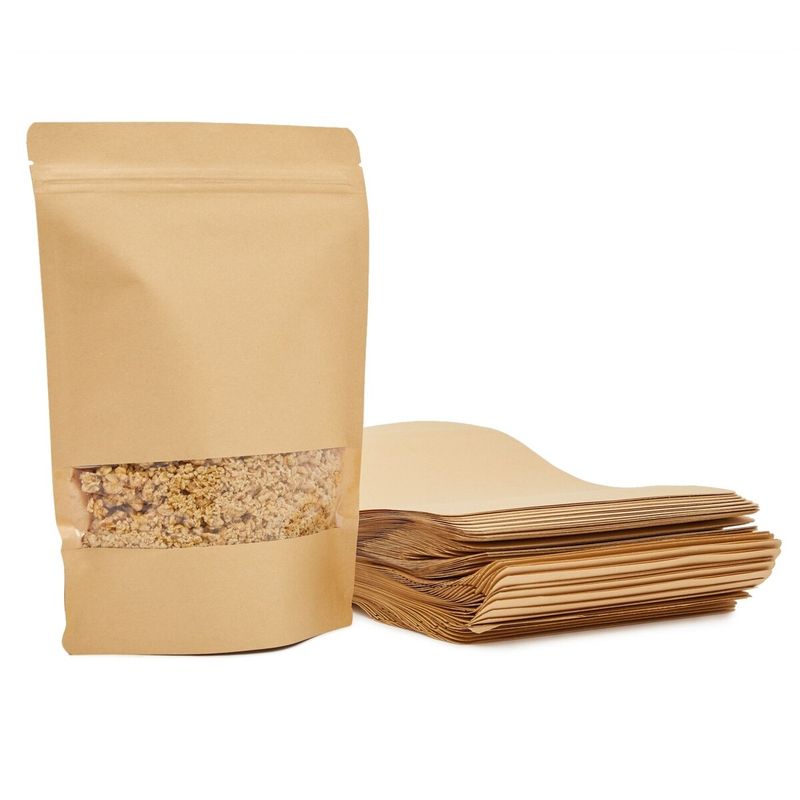
Tear open, play, and then what? The 1950s packaging was often a one-time deal. Today, resealable packaging is a game-changer. It allows for easy storage and organization, especially for toys with many pieces.
Parents appreciate the practicality, and kids enjoy the convenience. The resealable trend speaks to a need for durability and sustainability. No more messy playrooms or lost pieces!
It’s as if the packaging becomes part of the toy, helping to keep everything neat and ready for the next adventure.
10. Collectible Themes
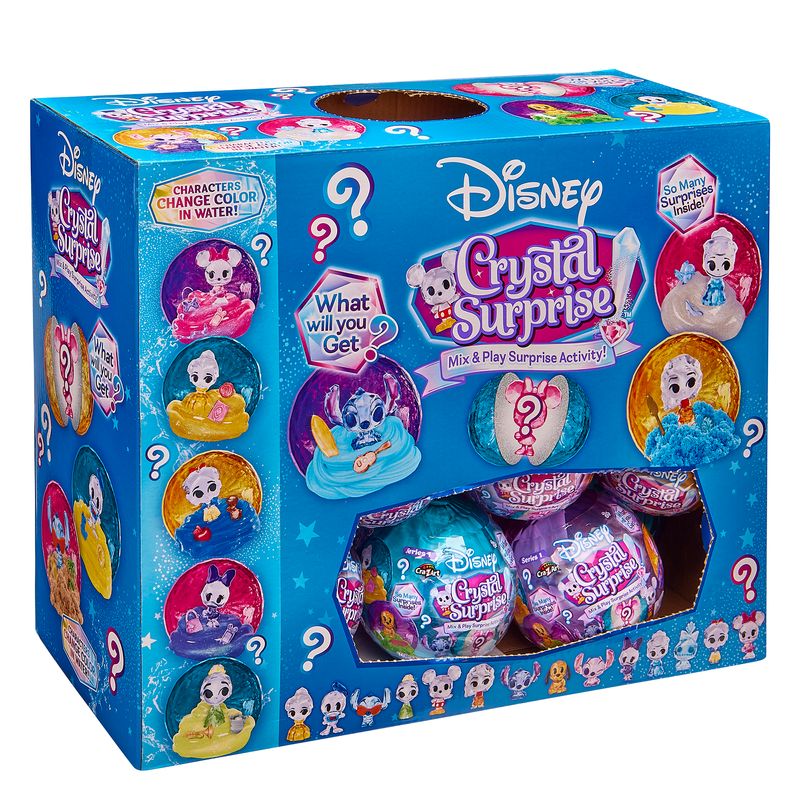
Who doesn’t love a surprise? Collectible themes have taken toy packaging by storm. Unlike the straightforward designs of the 1950s, today’s packaging often includes elements of mystery and surprise.
Series numbers, hidden figures, and collectible cards turn buying toys into a treasure hunt. This trend taps into the excitement of collecting and the joy of discovery.
It’s more than just a toy; it’s an experience. Kids and collectors alike are drawn to the thrill of the unknown, making each purchase a delightful gamble.
11. Nostalgic Retro Designs
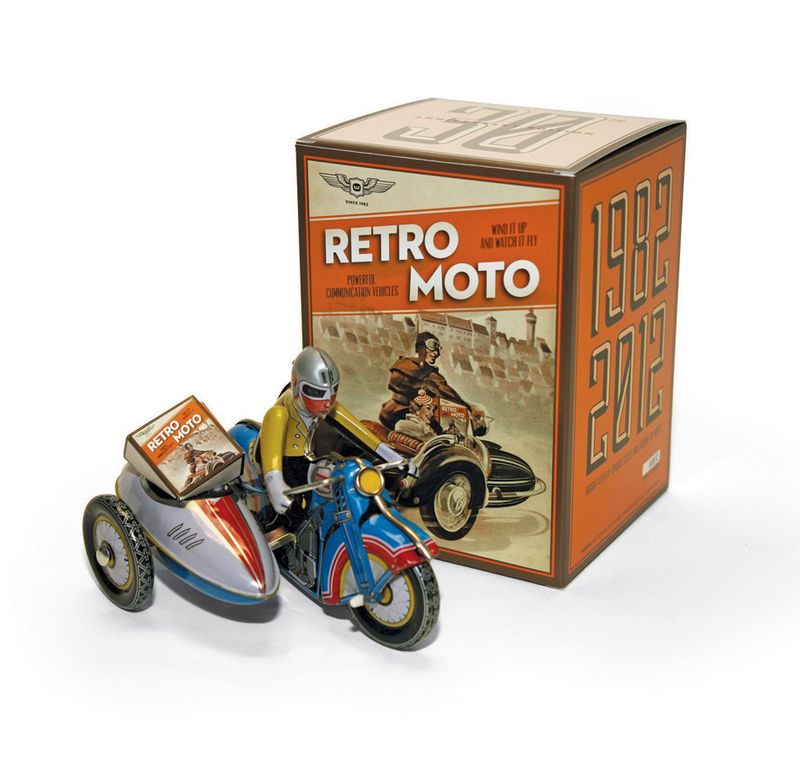
Everything old is new again! Nostalgic designs are making a comeback in toy packaging. While the 1950s offered genuine retro looks, today’s packaging often mimics these classic styles.
It’s a clever nod to the past that appeals to parents who remember their own childhoods. Retro designs offer a sense of nostalgia and heritage, turning a simple toy into a bridge between generations.
Kids enjoy the novelty, while adults appreciate the memories. It’s like a time-travel ticket, wrapped up in colorful paper.
12. Personalized Packaging
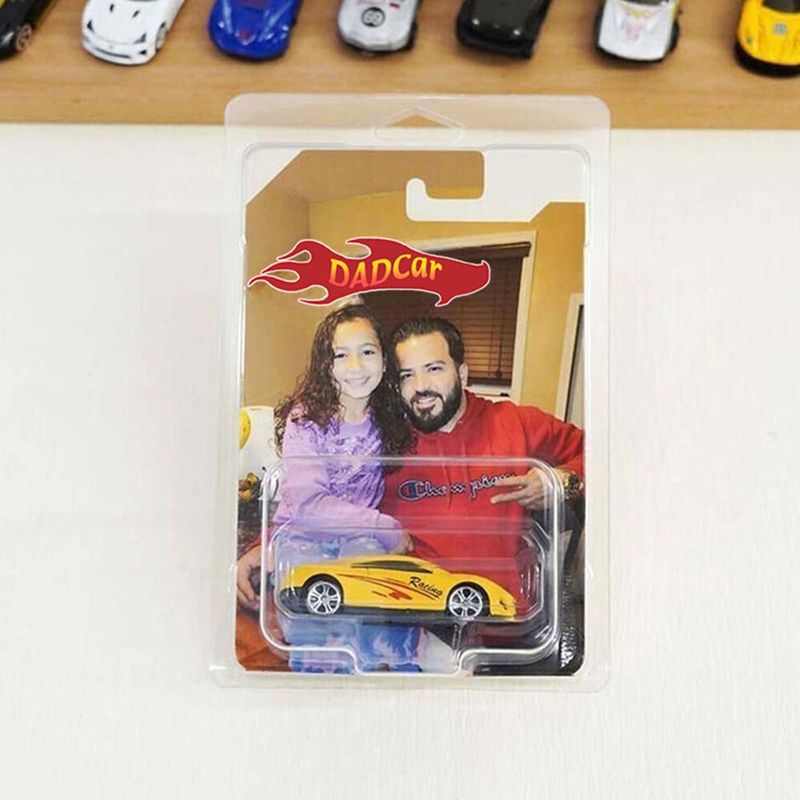
Who wouldn’t want a toy with their name on it? Personalized packaging is all the rage. Unlike the generic boxes of the 1950s, today’s toys can come with custom names or even photos printed on the package.
This trend makes each toy feel unique and special. It’s a delight for kids to see their names in bold letters, turning the packaging into a keepsake.
Personalization adds a touch of magic, making the toy not just a toy, but a cherished possession. Parents see it as a thoughtful touch.
13. Artistic Collaborations
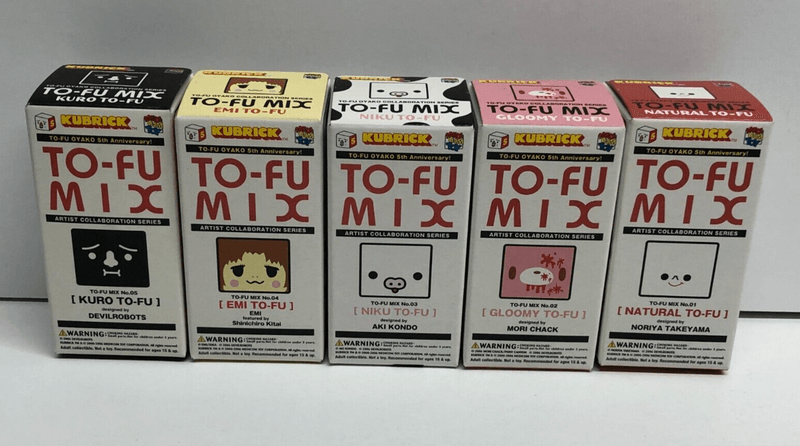
Who says toys can’t be art? Collaborations with artists have transformed toy packaging into something truly special.
Unlike the utilitarian designs of the 1950s, today’s packaging can feature illustrations from well-known artists. This trend elevates the toy to a work of art and makes the packaging part of the appeal.
It’s a creative way to attract art-loving parents who appreciate aesthetics. The fusion of art and play offers a unique experience, giving kids a sense of culture and creativity with every unboxing.
14. Compact and Portable Designs
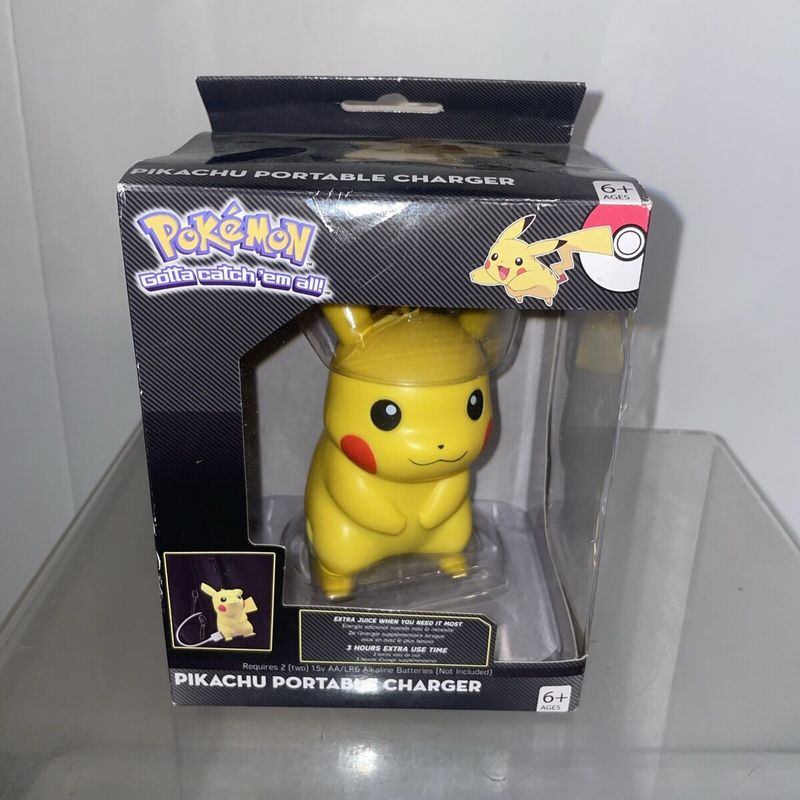
Size matters! The bulky packaging of the 1950s has given way to compact and portable designs. Today’s toys are often packaged in ways that are easy to carry and store.
This change reflects a shift towards convenience, catering to busy families on the go. The trend towards compactness also aligns with minimalist lifestyles, where less is more.
Parents love the practicality, and kids enjoy the ease of transport. It’s a win for everyone, making playtime accessible anytime, anywhere.
15. Transparent Ethical Messaging
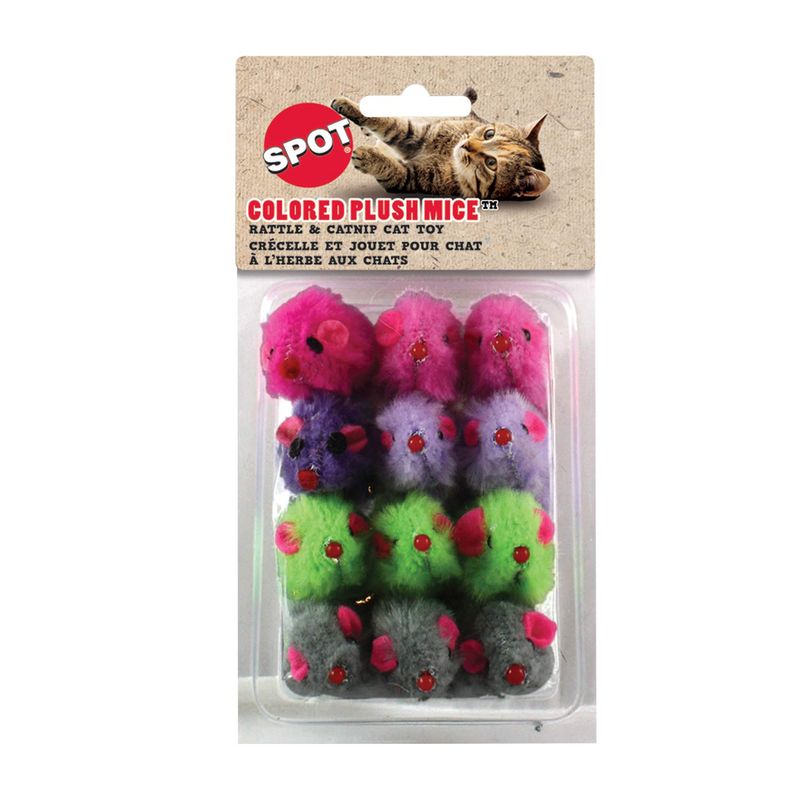
Honesty is the best policy, even in toy packaging! Modern designs often include transparent ethical messaging, such as fair-trade certifications or eco-friendly commitments.
Unlike the vague claims of the past, today’s packaging tells you exactly what you’re supporting. This transparency builds trust and appeals to conscientious consumers.
Parents feel good buying toys that align with their values, and kids learn the importance of ethical choices. It’s a small change with a big impact, turning a purchase into a statement of integrity and care.
